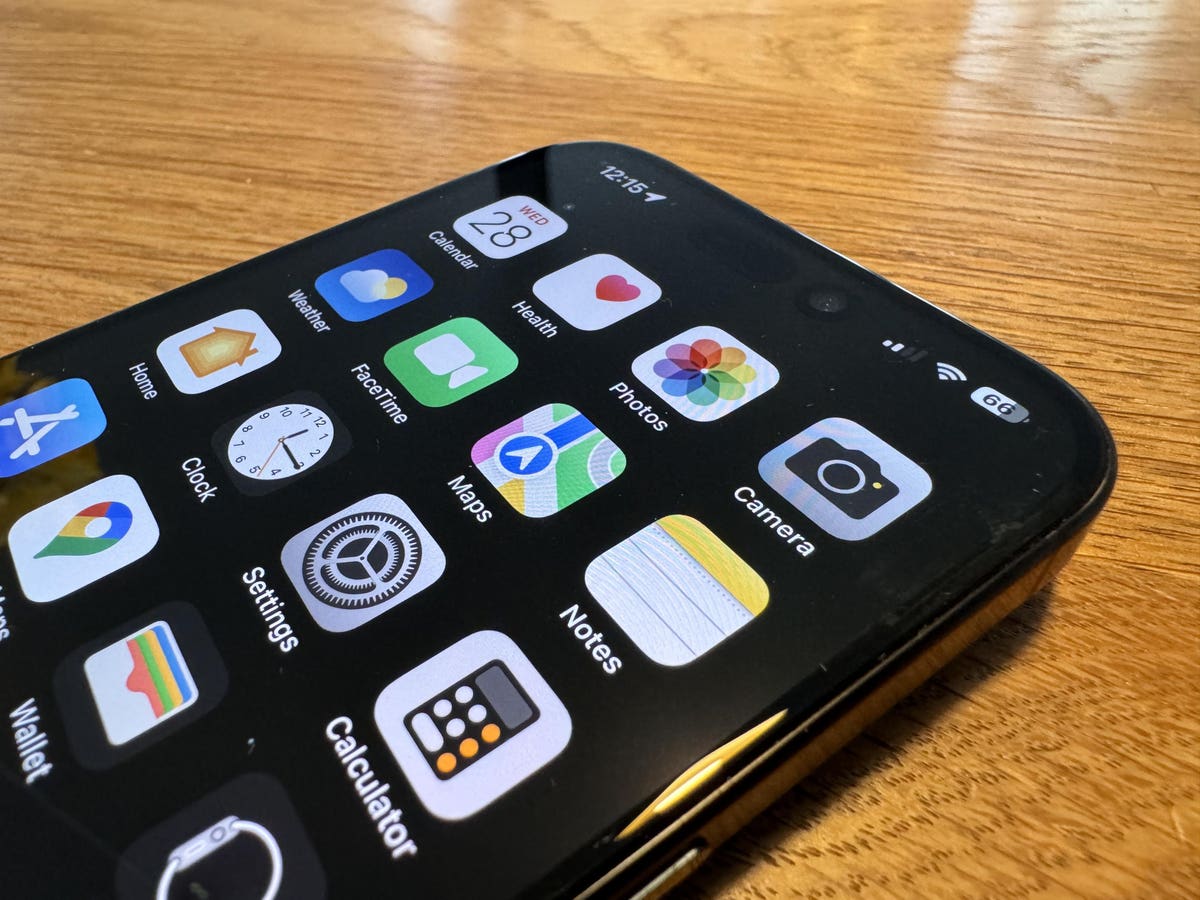The next iPhone update is almost upon us and looks like being the biggest mid-cycle update Apple has ever released. It includes new emoji, an easier way to check on battery lifespan, an update to the excellent Stolen Device Protection feature and big changes for EU users. There’s even a surprise update that will transform iMessages forever. And now, there’s one more thing, as they say.
February 29 update below. This post was first published on February 28, 2024.
You may have spotted the new Reactions feature in video calling apps like FaceTime. Gesture with two thumbs up and fireworks will appear onscreen all around you. It’s very cool. But what if you don’t want these effects to appear?
Or if you didn’t know about them or they sneak up on you by surprise? As, for example, when Senator John Fetterman, on a video call with MSNBC, used his hands to simulate speech quotes. The software mistook this for two peace signs, triggering virtual confetti to cascade down on him.
This could happen to anyone in the most inappropriate circumstances, such as a heated argument, a private therapy session or, heaven forbid, a video call where a boss is laying off workers.
The problem, until now, has been that these Reactions are on by default. With iOS 17.4, that’s changing.
With the next iPhone update, and also with the next updates for iPadOS and macOS Sonoma, developers will be able to choose to turn these reactions off by default, so that it falls to them, or possibly the users, to turn them on again.
This is a big step forward, though to be honest, it would be good if thre was a nudge for users each time you logged into a call on FaceTime, Zoom, Google Meet or whatever. After all, you might be delighted to have balloons appear on a call to your family, but mortified if you forgot to turn it off next time you were apologizing to your boss.
All the new joys of iOS 17.4 will be with us in just a matter of days, perhaps as soon as Monday, March 4 at 10 a.m. Pacific.
February 29 update. In-app payment options are among the most interesting changes coming with iOS 17.4, again for EU customers only—for now, at least.
It means that Apple will be opening payments to third-party banking and payment apps. This is a very big change because until now, the iPhone has only allowed Apple Pay.
As CNet points out, right now, the page you’ll see in the iPhone doesn’t look inviting. It says, “Apple introduced more ways to make in-app payments with the first iOS 17.4 beta. If you go to Settings > Privacy & Security, you’ll see an option called Contactless & NFC, or near-field communication. If you tap the new option, you’ll be taken to a mostly blank page that has a small disclaimer that says the page will show apps that have requested the ability to use contactless and NFC payments in the future.”
Apple explains it in more detail, like this: “Users based in the European Economic Area (EEA) with an iPhone running iOS 17.4 or later can initiate in-person payment transactions from a banking or wallet app at compatible NFC terminals or mobile devices that accept contactless payments. HCE apps, which are software-based solutions, can be more susceptible to attack vectors whereby payment transaction tokens and other sensitive financial data may be compromised, including through exposure to untrusted and potentially malicious entities.”
Apple says that to help protect privacy and security, “developers who want to build HCE payment capabilities into their banking or wallet app using these APIs will need to apply for the HCE Payments Entitlement. This ensures that only authorized app developers who meet certain industry and regulatory requirements, and commit to ongoing security and privacy standards can access these APIs.”
Personally, I’ve always found Apple Pay is an advanced and well-crafted option that I’ve come to trust. It’ll be interesting to see how many people want to switch to different payment systems.
Read the full article here





